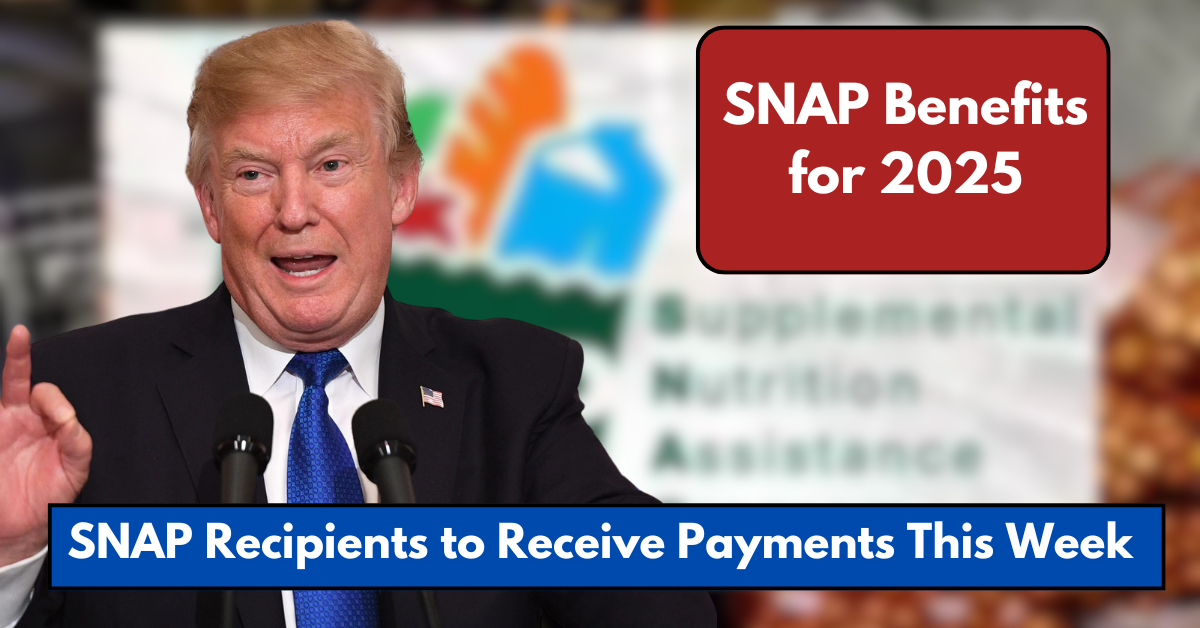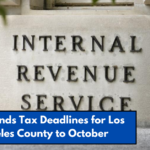The Supplemental Nutrition Assistance Program (SNAP) is a vital lifeline for over 40 million Americans, providing assistance to purchase healthy groceries every month.
This January, many SNAP beneficiaries across the United States are eagerly awaiting their next payments.
Understanding the payment schedule is crucial for effective planning, as each state follows its unique rules for disbursement.
In this article, we will explain how SNAP payments are distributed across different states, the criteria used for scheduling, recent benefit updates, and what beneficiaries can expect moving forward.
What is SNAP and Why is it Important?
SNAP, formerly known as the food stamp program, helps low-income individuals and families buy groceries. For millions of Americans, SNAP benefits are essential for maintaining access to nutritious food.
Payments are typically made via an Electronic Benefits Transfer (EBT) card, which functions like a debit card for eligible food purchases.
The program also updates benefits annually to reflect changes in the cost of living, ensuring that beneficiaries receive adequate support.
Starting January 2025, slight increases in the maximum benefit amounts have been introduced, making it important for recipients to stay informed about their entitlements.
New SNAP Payment Schedules for January 2025
SNAP payment dates vary by state and depend on factors like case numbers, Social Security numbers (SSNs), or last names. Here’s a breakdown of how payments are scheduled in some states this month:
Alabama
In Alabama, payments are based on the last digits of the case number:
- 65-69: Benefits available on January 17.
- 70-74: Benefits available on January 18.
- 75-79: Benefits available on January 19.
- 80-84: Benefits available on January 20.
- 85-89: Benefits available on January 21.
- 90-94: Benefits available on January 22.
- 95-99: Benefits available on January 23.

Delaware
In Delaware, payments are determined by the first letter of the recipient’s last name:
- P: Benefits available on January 17.
- Q-R: Benefits available on January 18.
- S: Benefits available on January 19.
- T: Benefits available on January 20.
- U-V: Benefits available on January 21.
- W: Benefits available on January 22.
- X-Y-Z: Benefits available on January 23.

Florida
Florida uses a combination of the 8th and 9th digits of case numbers to determine payment dates:
- 58-60: Benefits available on January 17.
- 61-64: Benefits available on January 18.
- 65-67: Benefits available on January 19.
- 68-71: Benefits available on January 20.
- 72-74: Benefits available on January 21.
- 75-78: Benefits available on January 22.
- 79-81: Benefits available on January 23.

Georgia
Payments in Georgia depend on the last digits of the case number:
- 60-69: Benefits available on January 17.
- 70-79: Benefits available on January 19.
- 80-89: Benefits available on January 21.
- 90-99: Benefits available on January 23.

Updates to SNAP Benefits in 2025
Starting January 2025, SNAP benefits have increased slightly to reflect the cost of living adjustments (COLA). Here are the updated maximum benefits for households in the 48 contiguous states and Washington D.C.:
- 1-person household: $292 per month.
- 2-person household: $536 per month.
- 3-person household: $768 per month.
- 4-person household: $975 per month.
- 5-person household: $1,158 per month.
- 6-person household: $1,390 per month.
- 7-person household: $1,536 per month.
- 8-person household: $1,756 per month.
For households with more than eight members, an additional $220 is added per extra person.
How to Maximize SNAP Benefits
If you are a SNAP recipient, it’s essential to use your benefits wisely to stretch your grocery budget. Here are a few tips:
- Plan Your Meals: Create a weekly menu and shop for ingredients in bulk when possible.
- Buy Seasonal Produce: Seasonal fruits and vegetables are often cheaper and fresher.
- Look for Discounts: Many grocery stores offer discounts for EBT cardholders or run sales on SNAP-eligible items.
- Avoid Waste: Store perishable items properly to reduce food spoilage.
Conclusion
While January payments are underway, beneficiaries should also anticipate changes in February as each state adjusts its disbursement schedule. It’s important to stay updated by checking with your state’s SNAP office or online portals to ensure timely access to benefits.
Additionally, beneficiaries are encouraged to report any changes in income, household size, or expenses to their SNAP office, as these factors can affect eligibility and benefit amounts.
This article has been carefully fact-checked by our editorial team to ensure accuracy and eliminate any misleading information. We are committed to maintaining the highest standards of integrity in our content.
Filza specializes in simplifying financial topics for everyday readers. Whether breaking down Canada’s tax guides or U.S. benefits like SNAP and VA Disability, Filza’s relatable writing style ensures readers feel confident and informed. Follow her insights on LinkedIn or reach out via email at shewrites.health@gmail.com.









